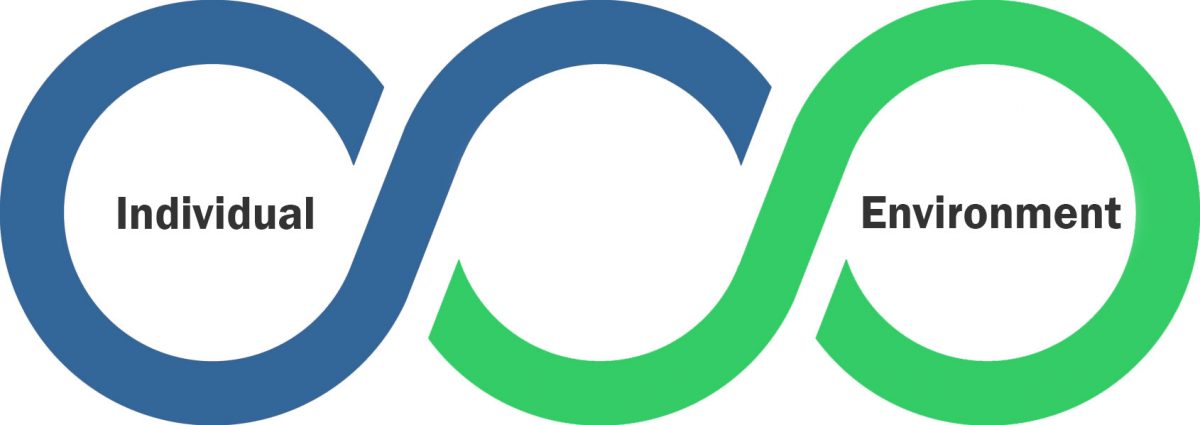Understand the People, Understand the Problem.
6/13/19 / Kevin Raines
We work in a number of areas here at Corona Insights that touch on a person’s health. Over the past 20 years, our topics have included everything from smoking to exercise to mental health to proximity to nuclear waste. We often are retained to help understand a specific problem and guide strategy toward that problem.
In the bigger picture, though, we also do a lot of work with needs assessments – public health needs assessments, low-income needs assessments, general community needs assessments, and others. In those types of studies, we examine a range of issues and help our clients identify key issues and how to address them.

Over the past twenty years, we’ve seen a common trend in both areas of work. While it’s necessary to understand and address specific issues, our clients in both arenas have been moving toward a more holistic view of the world and their clients, and entertaining solutions beyond the core of their work. In other words, they’re increasingly looking at the entire individual and environment. For example, a key factor in public health may be the housing situation of a person, or their ability to get the support of others when they need it. A key factor in addressing poverty may be mental health. A key factor in improving community quality of life may be helping to ensure that all households have sufficient savings to meet emergencies.
The answers to the questions that we and our clients face are complex and intertwined. We wonder if the future may move more toward a combination of subject expertise and population expertise, at least for our larger clients. A grid matrix of expertise where experts in populations partner with experts in specific issues may be the future of doing social good.
We touched on how such a structure may occur in the future with our past blog on adulting in Wyoming. Rather than concentrating on specific issues, we can see an initial focus on a population, which will then identify how that population is navigating through life. We look forward to taking on more partnerships with clients to understand their populations and identify the true triggers of impact.
